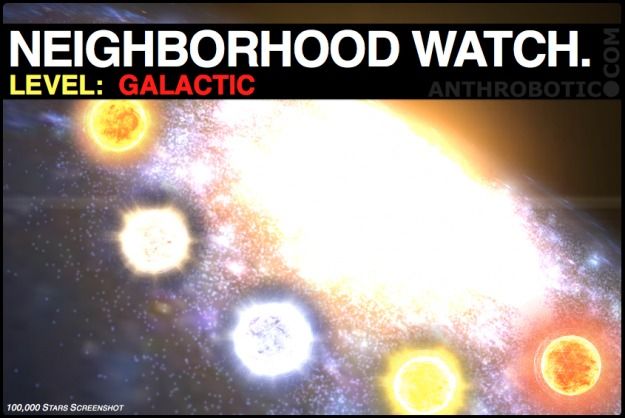Dec 2, 2012
The Kline Directive: Technological Feasibility (3a)
Posted by Benjamin T. Solomon in categories: cosmology, defense, education, engineering, general relativity, particle physics, physics, policy, scientific freedom, space
To achieve interstellar travel, the Kline Directive instructs us to be bold, to explore what others have not, to seek what others will not, to change what others dare not. To extend the boundaries of our knowledge, to advocate new methods, techniques and research, to sponsor change not status quo, on 5 fronts, Legal Standing, Safety Awareness, Economic Viability, Theoretical-Empirical Relationships, and Technological Feasibility.
My apologies to my readers for this long break since my last post of Nov 19, 2012. I write the quarterly economic report for a Colorado bank’s Board of Directors. Based on my quarterly reports to the Board, I gave a talk Are We Good Stewards? on the US Economy to about 35 business executives at a TiE Rockies’ Business for Breakfast event. This talk was originally scheduled for Dec 14, but had moved forward to Nov 30 because the original speaker could not make the time commitment for that day. There was a lot to prepare, and I am very glad to say that it was very well received. For my readers who are interested here is the link to a pdf copy of my slides to Are We Good Stewards?
Now back to interstellar physics and the Kline Directive. Let’s recap.
In my last four posts (2c), (2d), (2e) & (2f) I had identified four major errors taught in contemporary physics. First, to be consistent (2c) with Lorentz-Fitzgerald and Special Theory of Relativity, elementary particles contract as their energy increases. This is antithetical to string theories and explains why string theories are becoming more and more complex without discovering new empirically verifiable fundamental laws of Nature.
Continue reading “The Kline Directive: Technological Feasibility (3a)” »










